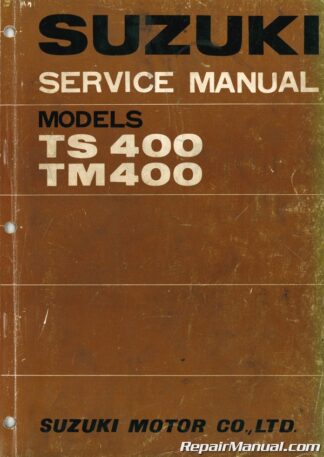Description
This 1972 Suzuki TM400 TS400 Motorcycle Service Manual is a reproduction of the 1972 Suzuki TM400 TS400 Motorcycle Service Manual. It provides service, maintenance and repair information for Suzuki TM400 and TS400 Motorcycles. The manual was written in 1972 but it should cover 1971-1975 Suzuki TM400 and 1971-1977 TS400 Motorcycles – check with your dealer to be sure.
Suzuki TM400 1971, 1972, 1973, 1974, 1975
Suzuki TS400 1971, 1972, 1973, 1974, 1975, 1976, 1977
The Suzuki TM400 and TS400 motorcycles were part of Suzuki’s lineup in the early 1970s and were known for their off-road capabilities and rugged performance. The TM400 was specifically designed for motocross racing, while the TS400 was intended for off-road and trail riding.
Table of Contents
SIDE VIEWS
PERFORMANCE CURVES
SPECIFICATIONS
TIPS ON OPERATING
SPECIAL TOOL
ENGINE
Disassembling
Operation, Checking and Repairing
Reassembling
Carburetor
ENGINE ELECTRICAL EQUIPMENT
Ignition Timing
Inspecting PEI System
Charging System
BODY
Air Cleaner
Front Fork
Spokes
Drive Chain
FOR TM400 RACING
TIGHTENING TORQUE
IMPORTANT FUNCTIONAL PARTS FOR SAFETY DRIVING
TS400 WIRING DIAGRAM
EXPLODED VIEW OF TS400 AND TM400 ENGINE
The Suzuki TM400, also known as the Suzuki Cyclone, was a popular motocross motorcycle produced by Suzuki during the early 1970s. It was introduced in 1971 and remained in production until 1975. The TM400 was designed specifically for motocross racing and gained a reputation for its powerful two-stroke engine and impressive performance.
Key features and characteristics of the Suzuki TM400 include:
- Engine: The TM400 was equipped with a 396cc, air-cooled, single-cylinder, two-stroke engine. It utilized Suzuki’s CCI (Crankshaft Counterbalancer Induction) system, which helped reduce engine vibrations and provided smoother power delivery.
- Power and Performance: The TM400 was known for its strong power output, offering a thrilling riding experience on the motocross track. The two-stroke engine provided instant throttle response and delivered ample torque, allowing riders to tackle challenging off-road terrain with ease.
- Chassis and Suspension: The TM400 featured a lightweight frame designed for motocross racing. It had a conventional telescopic front fork and dual rear shocks to absorb bumps and provide better control over rough terrain.
- Design and Styling: The TM400 had a classic motocross bike design, with a slim and agile profile. It featured a high-mounted front fender, a low-slung exhaust system, and a comfortable seat that allowed riders to shift their weight easily during jumps and cornering.
- Racing Success: The TM400 achieved notable success in motocross racing during its production years. It was a competitive machine on the track and was ridden by many professional racers of that era.
The Suzuki TM400 remains a sought-after vintage motocross bike among collectors and enthusiasts. Its combination of power, performance, and iconic styling has contributed to its enduring popularity. However, it’s important to note that due to its age, finding a well-preserved and fully functional TM400 may be challenging. As with any vintage motorcycle, proper maintenance, restoration, and sourcing of genuine parts are important considerations.
The Suzuki TS400, also known as the Suzuki Apache, was a dual-purpose motorcycle produced by Suzuki from 1971 to 1977. It belonged to the TS series, which stood for “Trail-Sport.” The TS400 was designed to offer riders a versatile motorcycle suitable for both on-road and off-road riding.
Here are some key details about the Suzuki TS400:
- Engine: The TS400 featured a 396cc, air-cooled, single-cylinder, two-stroke engine. This engine design provided a good balance of power and torque for various riding conditions.
- Dual-Purpose Capability: The TS400 was designed to be capable on both paved roads and off-road trails. It had features such as dual-sport tires, high ground clearance, and rugged suspension to handle different terrains.
- Performance and Power: The two-stroke engine of the TS400 delivered strong low-end torque and responsive acceleration. It was known for its off-road prowess, allowing riders to navigate challenging trails with ease.
- Chassis and Suspension: The TS400 had a lightweight frame and suspension system suitable for both on-road and off-road riding. It offered a comfortable ride with its telescopic front forks and dual rear shocks.
- Design and Styling: The TS400 had a classic dual-sport design, featuring a high-mounted front fender, upright seating position, and a fuel tank with distinctive graphics. Its overall appearance was rugged and functional.
- Practical Features: The TS400 came equipped with features such as a headlight, taillight, turn signals, and an instrument cluster, making it street-legal and suitable for commuting or adventure riding.
- Popularity and Legacy: The Suzuki TS400 gained popularity among riders who desired a versatile motorcycle that could handle both on-road and off-road adventures. Its combination of power, reliability, and dual-purpose capability made it a sought-after choice during its production years.
Today, the Suzuki TS400 is considered a classic and collectible motorcycle. It holds a special place in the hearts of vintage bike enthusiasts and is often appreciated for its ruggedness and retro charm. Proper maintenance, including regular servicing and sourcing of genuine parts, is essential for keeping these motorcycles in good running condition.

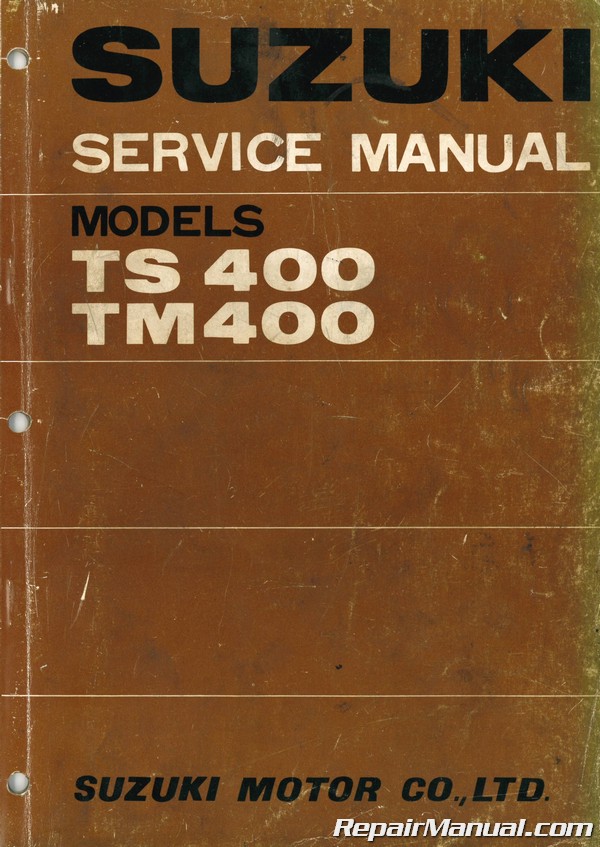
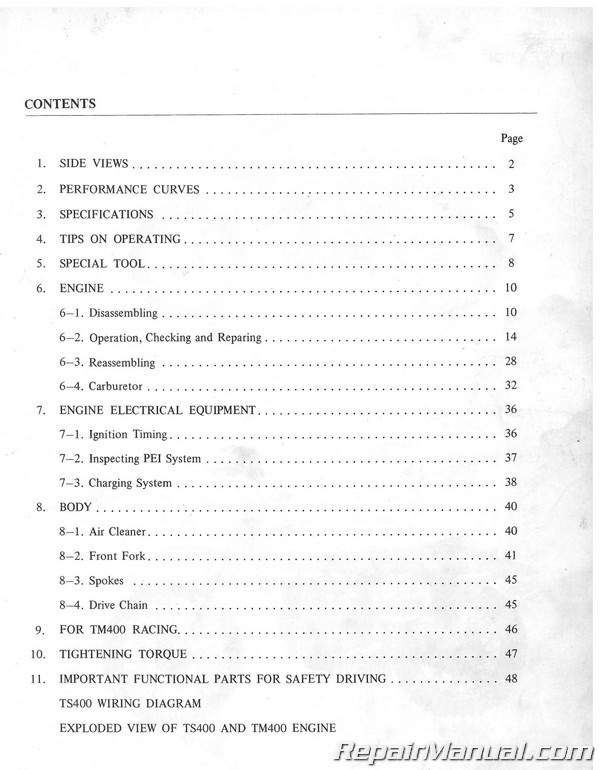
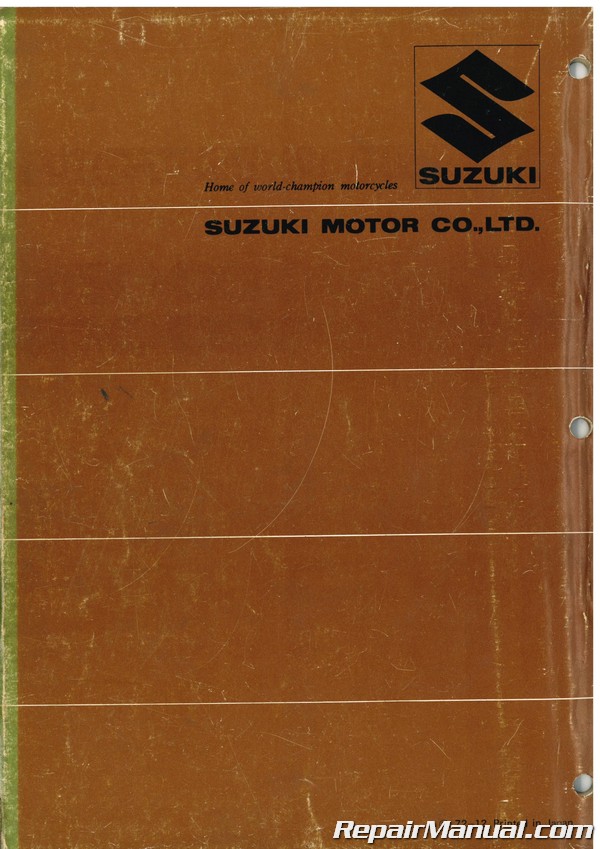
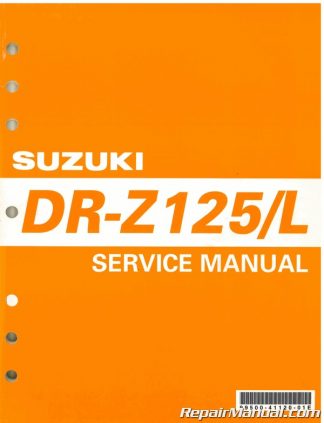 SKU: U99500-41120-03E
SKU: U99500-41120-03E SKU: U99011-43D51-03A
SKU: U99011-43D51-03A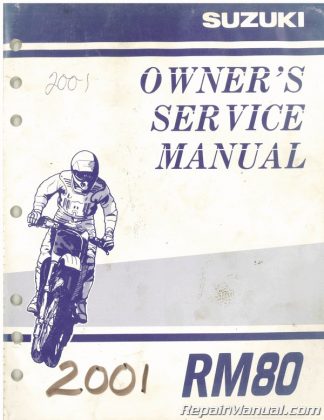 SKU: U99011-02B76-03A
SKU: U99011-02B76-03A